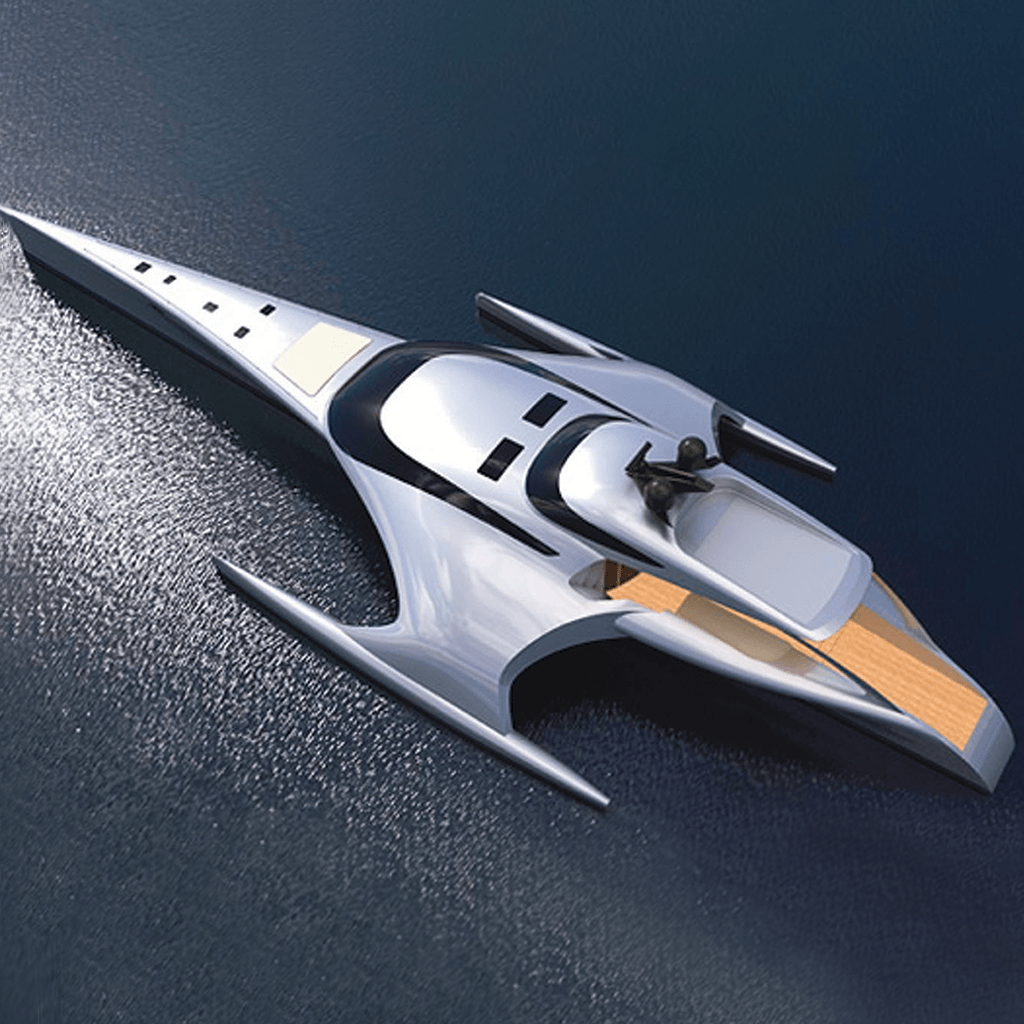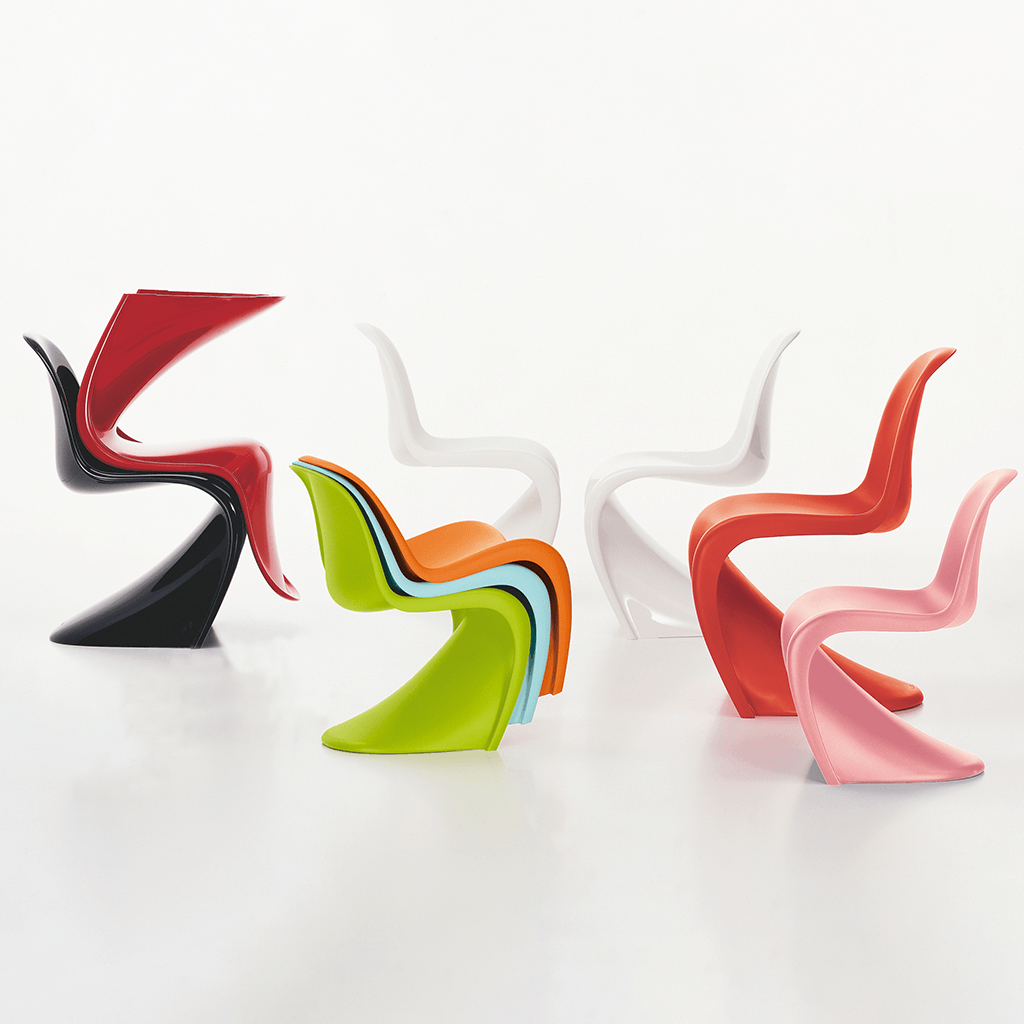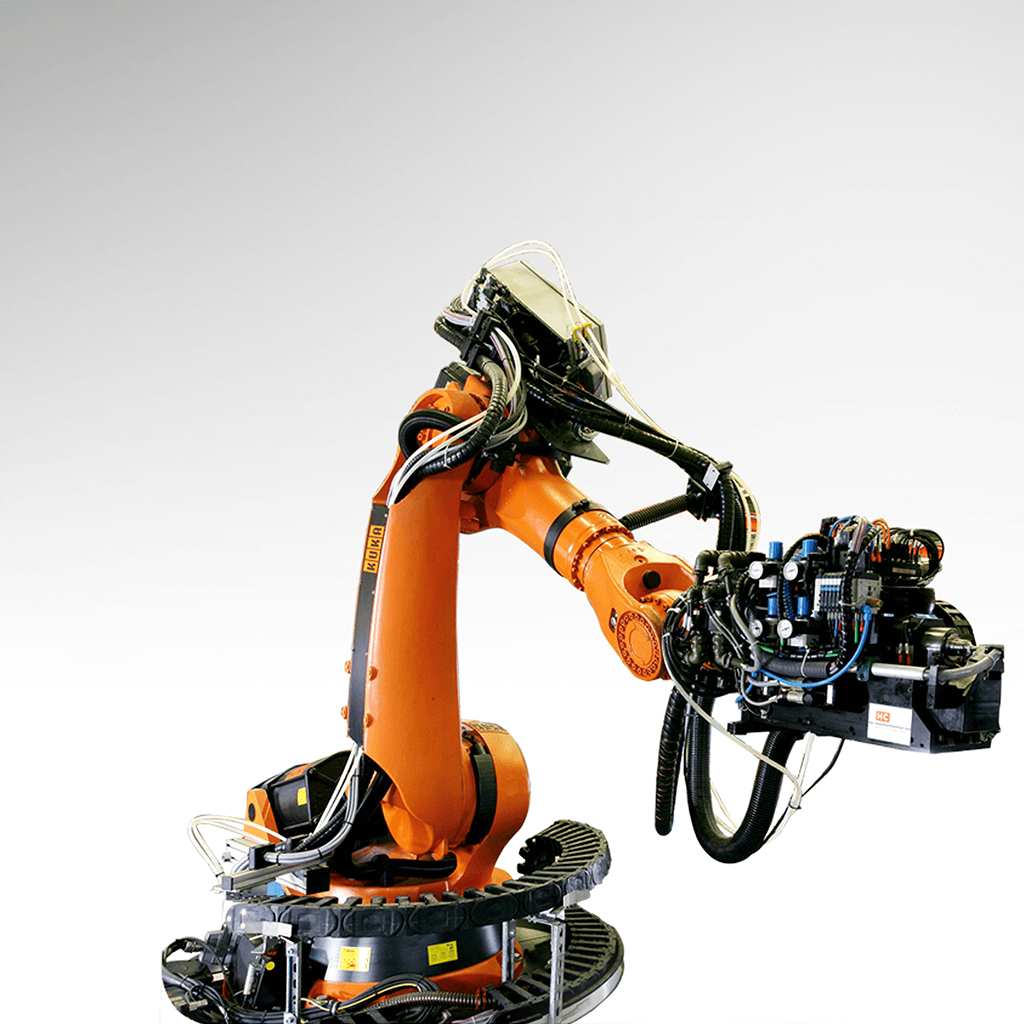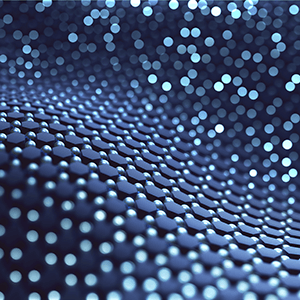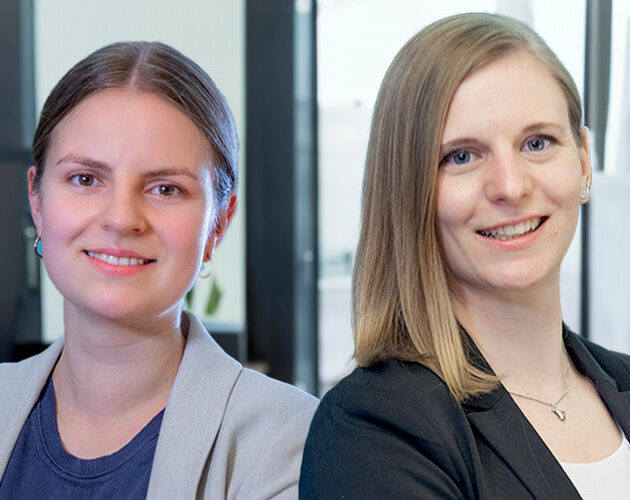“We stir up the potential of composite materials to the building industry”
With its innovative CARBOrefit® procedure, CARBOCON GMBH won the Startup Booster competition at the JEC Forum DACH. In this interview, Dr Juliane Wagner and Miriam Melzer describe the company and its vision of a sustainable construction industry. This interview has been published in the JEC Composites Magazine N°154.

JEC Composites Magazine: Could you tell us about CARBOCON in a few words (date of creation, staff, facilities and capital) ?
Dr Julian Wagner, Technical Manager (right), & Miriam Melzer, Marketing & Innovation Manager (left): CARBOCON, a privately-funded corporation based in Dresden, was founded in 2014 as spin-off of Technische Universität Dresden. As independent expert, it leads on all topics related to the innovative building material carbon reinforced concrete (CRC). We offer a range of services, from civil engineering (R&D, planning, supervision) to launching new products and processes to the market. Our main product, presented at the Startup Booster at the JEC Forum DACH in Salzburg, is the CARBOrefit® procedure. It aims to avoid demolition and enhances preservation of existing concrete structures. This is the contribution that our young and dynamic team of 19 members makes to sustainability and innovation in the construction industry. CARBOrefit® helps furthermore, reduce construction costs by restoring building infrastructure, in less time with fewer materials.
JEC Composites Magazine: How does the CARBOrefit® procedure work?
Dr J.W. & M.M.: With CARBOrefit®, we transfer the potential of composite materials to the building industry and offer a disruptive solution for building preservation. It uses a composite material, carbon reinforced concrete –consisting of carbon grids as reinforcement and fine-grained concrete. As part of the procedure, a millimetre-thick layer of carbon reinforced concrete is applied to existing buildings and bridges. This makes them stronger and drastically extends their operating life. The outstanding potential of the procedure lies in the material-specific advantages of carbon reinforced concrete. The non-metallic carbon reinforcement is corrosion-resistant, thus, exceptionally durable.
In addition, it does not require an oversized concrete cover as reinforcement protection, which is the case when using a steel reinforcement. CRC can therefore be produced using significantly less material compared to the established shotcrete method. Furthermore, the carbon reinforcement method is 3 to 6 times more powerful than conventional ones. These features make CRC a particularly long-lasting and resource-efficient material. At the end of the building’s operating life, it can be demolished using conventional machinery. Good separability of constituent components has been demonstrated.
JEC Composites Magazine: How does your solution make a positive impact on the carbon footprint of the construction field?
Dr J.W. & M.M.: The construction industry is responsible for up to 50% of global CO2 emissions, 50% of waste and 50% of resource consumption. Thus, this industry has a significant need for sustainable solutions. Preserving existing buildings and bridges represents an enormous lever for achieving building-specific climate targets. As demolition and replacement of existing construction are very damaging to the environment and climate, building preservation offers a low-emission and less resource-intensive option.
CRC also stands out the established renovation method using shotcrete. The millimetre-thick design, when compared to a typical shotcrete layer that measures 7 cm in thickness, saves a significant amount of concrete, contributing to a lower CO2 footprint.
At the same time, CARBOrefit® is an economical solution that allows cultural assets, monuments and buildings of historical and social value to be preserved. Given these strong sustainability benefits, we pursue a clear mission: preservation instead of demolition.
JEC Composites Magazine: What is the value of the potential renovation market as a target?
Dr J.W. & M.M.: The demand for innovative renovation and reinforcement solutions is immense and expected to grow.For example, there are 120,000 bridges in Germany, 70% of which are in need of renovation. There are about 21 million existing structures in Germany. As time progresses, an increasing number of these constructions show signs of ageing and damage, thus, require renovation. If the building infrastructure in Europe, or even worldwide, is considered, the market is even bigger. CARBOCON serves as a facilitator, bringing the necessary partners together to perform CRC projects –from planners and component manufacturers to construction.
JEC Composites Magazine: What distribution opportunities for CARBOCON do you expect to arise from changes in the Eurocode or in American building codes?
Dr J.W. & M.M.: Generally, developments in existing guidelines offer a significant reduction in the barriers to the application of CRC as a building material. This is also true for new guidelines that incorporate the use of non-metallic reinforcements. With the combined national technical approval and general construction technique permit Z-31.10- 182, issued to CARBOCON by the German Institute for Building Technology (Deutsches Institut für Bautechnik (DIBt)), a national regulation is already in place that greatly simplifies application of the CARBOrefit® procedure. However, higher-level international guidelines provide far greater leverage for the application of innovative materials and processes. This minimises the need for time-consuming approval procedures and permissions in individual cases. In addition, an industry standard for CRC is forthcoming. It is set to be published next year in Germany, and will provide an additional foundation for the application of CRC.

JEC Composites Magazine: How do you plan to foster the use of CARBOrefit® in a sector that is very conservative?
Dr J.W. & M.M.: We aim to establish our CARBOrefit® as a standard procedure for concrete strengthening and renovation. One of our main challenges is the conservatism of the building industry, which is very attached to established materials and processes. Many of our R&D projects therefore aim to ensure the quality and safety of our building product and procedure, in order to gain the trust of industry experts. This includes our combined national technical approval and general construction technique permit Z-31.10-182 from the DIBt, which we continuously update and extend. With CARBOrefit®, a building authority-regulated and recognised construction product is available. In addition, the target extensions of the approval also include an enlargement of the regulated areas of application, so that further obstacles are reduced. Our training and certification programme also ensures that participating contractors carry out reinforcement work to the highest standards of safety and quality.
CARBOrefit® is supported by a consortium of 11 partners from the fields of concrete production, grid production, impregnation production and planning, who are committed to developing the application further. Based on these technical and regulatory fundamentals, we can apply CARBOrefit® reliably. We are confident to gain industry trust for our product. From this position, we engage in targeted marketing and public relations to give CARBOrefit® greater visibility and to achieve its widespread awareness. Our measures include event participations, publications, ads, web presence, social media, newsletter, training programmes and certifications, prizes and awards. We are always looking for strategic partners to support us in expanding the market for this product or to work with us as part of the consortium.
JEC Composites Magazine: What are your development prospects in the coming years (hiring, fundraising campaigns, new product R&D)?
Dr J.W. & M.M.: In the area of services, we would like to further consolidate our expert status and be recognised as the go-to company for innovative construction projects. Our ongoing R&D projects are expected to lead to more innovative construction products. With CARBOrefit®, we pursue a well-defined development and marketing strategy targeted at international markets. We aim to further expand our team and our financial resources in order to continue offering the highest quality services and products to a wider audience.
Overall, we are strongly committed to innovation and sustainability in the construction industry. We are convinced that the sustainable transformation will be achieved with the use of CRC. Preservation, not demolition –that is our mission. We want to become the leading player and find solutions for existing concrete structures.
Want to read more articles?
Subscribe for free now and access to the JEC Composites Magazine N°154.
Available in print, digital and via the mobile application.



